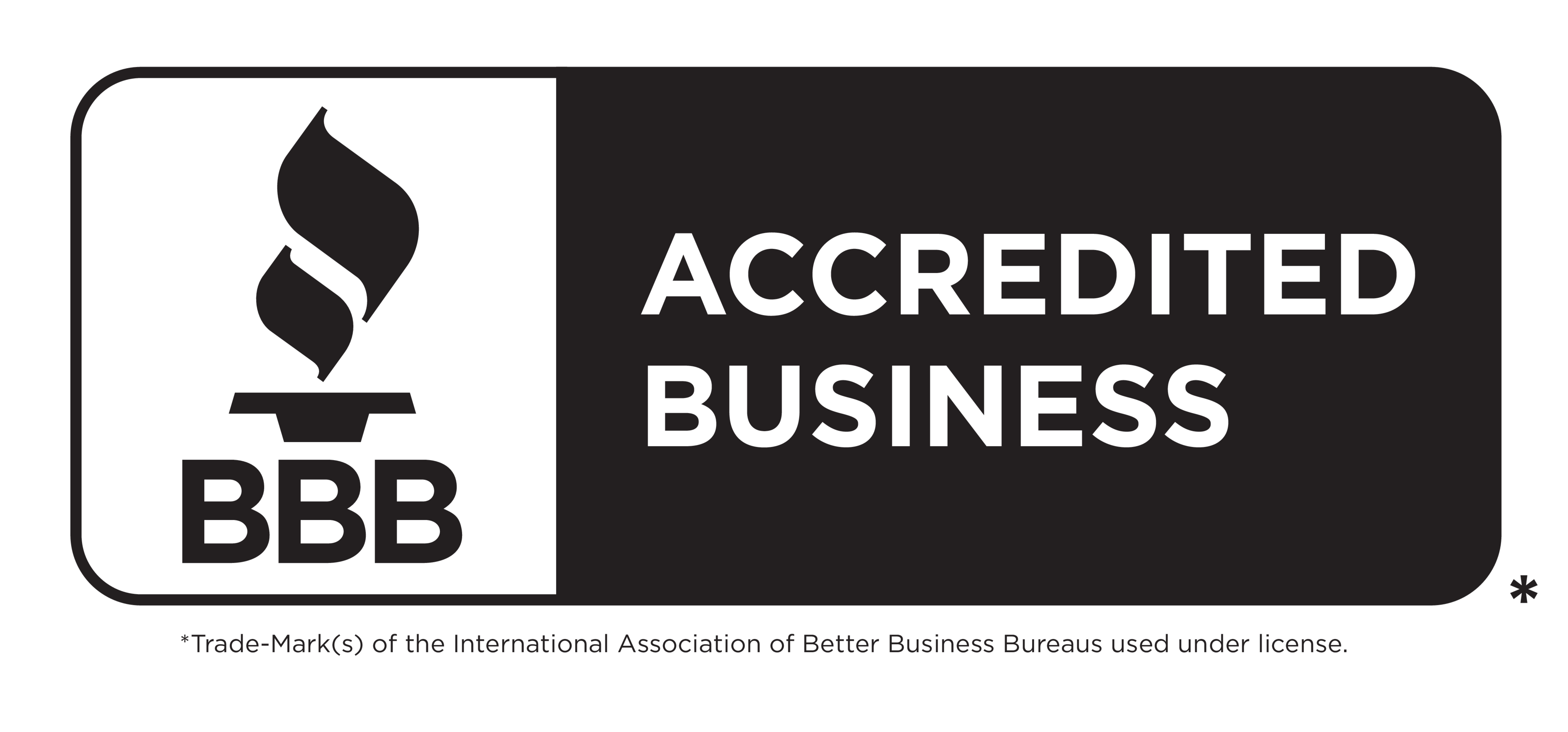Once you’ve hung a gate and tested its swing, install a stop on the latch post to prevent the gate from swinging past the post when closed. The stop is nothing more than a narrow board ( 1/2 1 inch), ( 2 in., etc. ) cut to the height of the gate. To install it, close the gate and draw a pencil line along its back edge on the latch post. Then nail the stop to this line with finishing nails.
Next to the common hook-and-eye, the most widely used gate latch is the old-fashioned thumb latch in which the tongue is raised by a thumb depressed on one side of the gate and by an L-shaped handle on the other side. This is the most attractive of the latches available in hardware and building supplies stores.
Self-latching latches are strictly utilitarian but have a more positive action than thumb latches. You can dose and latch a gate simply by giving it a push. To open it, you flick a trigger. Although the latch is mounted entirely on the back of a gate, it can be operated just as easily from the front. A padlock can be inserted f or complete security.
Another useful latch is a spring-actuated unit which is screwed to the top of a gate. It is opened by pressing a trigger with your thumb; latches automatically when the tongue slides over the strikeplate. It is sold with two strikeplates-one which is mounted on the top of the gatepost flush with the latch; the other which is mounted on the side of the post.
A Thumb latch is a self-latching latch, when the gate is shut, the rounded section automatically pushes up over the striker (This is a projecting steel prod). To open the latch, push the trigger on top or pull the cord running Hasps (and sliding bolts may also be used. But both must be opened and, closed manually; and if at gate has even a they can be operated only if you put a toe under the gate and raise it until the two parts of the latch are in alignment.


